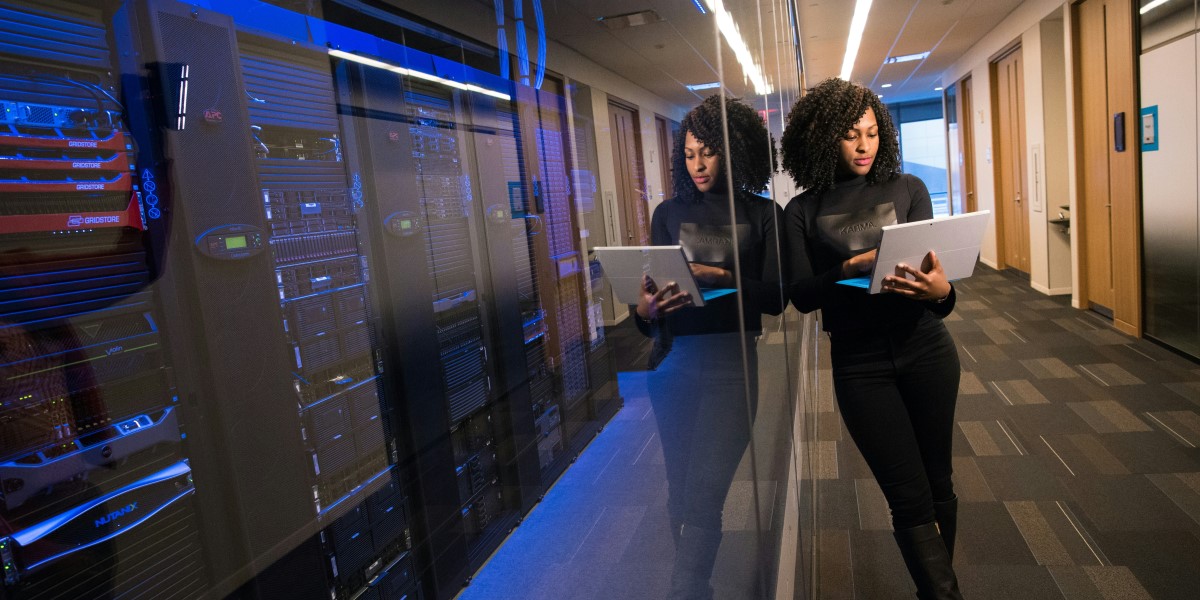Mobile devices have become a staple in daily life, offering convenient access to entertainment anytime and anywhere. During the summer months, this usage often increases as people engage in more outdoor activities and travel. Understanding the trends in how mobile devices are used for watching videos and listening to music in these warmer months sheds light on shifting consumer habits and the evolving landscape of media consumption.
Increased Media Consumption During Outdoor Activities
Summer often brings more opportunities for outdoor experiences such as picnics, hikes, beach visits, and social gatherings. In these settings, mobile devices serve as portable entertainment centers. Many people choose to watch videos or listen to music while relaxing outdoors, making use of wireless headphones or speakers.
The portability of mobile devices allows users to carry their media libraries with them, providing flexibility and personalization. Instead of relying on traditional media sources like radios or televisions, individuals can select content that fits their mood or activity. This trend reflects a broader shift toward on-demand media consumption, where convenience and control are prioritized.
Outdoor settings also influence the type of content consumed. Shorter video clips, music playlists, and podcasts often fit well with the dynamic nature of outdoor leisure, allowing users to engage with media without interrupting their activities. This adaptable use of mobile media supports a seamless blend of entertainment and experience.
The Role of Travel in Shaping Mobile Media Habits
Summer is a popular time for travel, whether for vacations, visiting family, or business trips. During these journeys, mobile devices become essential companions, helping pass the time during long waits, flights, or commutes. Watching videos and listening to music on the go offer a convenient way to reduce boredom and stay connected to preferred content.
Travel also encourages consumption of media that can be enjoyed offline. Many users download videos, music, or podcasts in advance to avoid relying on internet access, which may be limited or costly while on the move. This behavior demonstrates the importance of mobile devices as self-contained entertainment hubs.
Additionally, travel often involves different time zones and environments, influencing viewing habits. Some may prefer relaxing content after a long day of travel, while others use media to energize or focus. The adaptability of mobile devices to various needs and settings is a key reason why their use grows during travel seasons.
Technological Advances Supporting Summer Mobile Media Use
Advances in mobile technology have made media consumption easier and more enjoyable. Improved battery life, higher screen resolutions, and better audio quality contribute to an enhanced experience. Portable accessories such as wireless headphones and compact speakers also support media use in outdoor or travel contexts.
Connectivity improvements, including widespread availability of high-speed networks, allow for smooth streaming of videos and music. Even in less connected areas, offline viewing features and download options ensure users can access their favorite media without interruption. These technological developments align well with the seasonal increase in mobile media consumption.
App designs that accommodate on-the-go use, including simple interfaces and personalized recommendations, further encourage summer media engagement. These features allow users to quickly find content suited to their preferences and environment, maximizing enjoyment while minimizing hassle.
Read also: How Reliance on Technology Affects Human Memory
Changing Consumer Preferences and Media Consumption Patterns
The summer surge in mobile media use reflects broader changes in how people engage with entertainment. Convenience and portability are increasingly important, and mobile devices meet these demands effectively. The ability to switch between video, music, podcasts, and other formats on a single device caters to varied tastes and moments.
Users often prefer content that fits within the context of their activities, choosing shorter or more relaxing media during outdoor leisure or travel. This selective consumption highlights a move away from traditional, scheduled programming toward flexible, user-driven media engagement.
Moreover, the social aspect of media consumption has evolved. Sharing playlists or videos with friends, engaging in live streams, or participating in interactive content contributes to a more connected experience, even when users are physically apart. Mobile devices facilitate these connections, especially during social summer events.
Overall, summer months amplify trends toward personalized, mobile-centered media consumption. These patterns are likely to continue evolving as technology advances and consumer preferences shift further toward flexibility and convenience.
Mobile devices play a growing role in how people consume media during summer, driven by outdoor activities, travel, technological improvements, and changing preferences. This seasonal increase reflects the broader evolution of entertainment habits toward on-demand, portable, and personalized experiences. Understanding these trends provides insight into the future of media consumption and the continued importance of mobile technology in everyday life.








